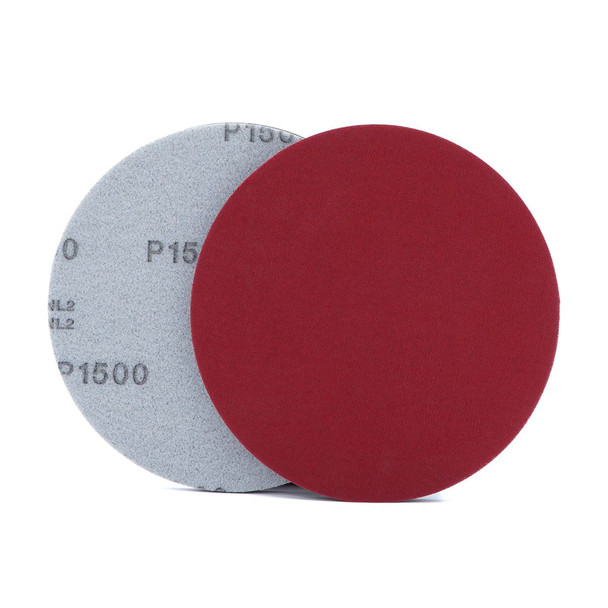Description
When you need extreme cutting power!
RUPES X-Cut Foam Backed Sanding Disc were developed as a solution to deep or hard to remove paint imperfections. Defects such as RIDS or orange peel require more aggressive procedures than traditional liquid abrasives can provide. Utilizing an aluminum oxide abrasive structure, RUPES X-Cut Foam Backing Sanding Discs produce even and consistent sanding marks across every curve and contour your vehicle has. The unique abrasives and construction quickly level these imperfections and leave a consistent scratch pattern that can easily be polished to perfection. To ensure even, consistent coverage, RUPES X-Cut Foam Backed Sanding Disc are constructed using a fabric substrate and foam backing. This provides you with a robust, high-performing option for sanding out the most difficult defects.
RUPES X-Cut Foam Backed Sanding Discs are available for 3-inch or 6-inch backing plates, in P1500, P2000, or P3000 grit.
For optimal performance and the most consistent sanding pattern, use an appropriately sized foam interface pad.
20 Pack - 6 Inch (150mm) - P1500
Frequently Asked Questions:
What does wet sanding do?
A: Wet sanding is the process of abrading the paint using physical abrasive material to remove stubborn paint defects. Unlike polishing which uses liquid abrasives, wet sanding provides a substantial amount cutting power to remove stubborn defects, such as deep scratches or orange peel. While this technique makes quick work of paint imperfections, it also removes much more paint than traditional polishing. Always use caution when sanding and be aware of the vehicles paint thickness.
Which sanding disc is best?
When working with automotive paint it's recommended to use between P1500 to P4000 grit sanding disc. The lower the number, the more aggressive the disc will be. For best results you want to start with a more aggressive grit and work your way back. This will ensure it's easy to polish the sanding marks away. Additionally, you'll want to keep the hardness of the paint in mind and not use an overly aggressive grit when it's not needed.
Does wet sanding reduce dust?
Yes! Since you're using a liquid lubricant during the sanding process, you produce a slurry" instead of dust. The byproduct of the process is a mix of paint and water that will have a milky color unless you're working with a single stage paint.






